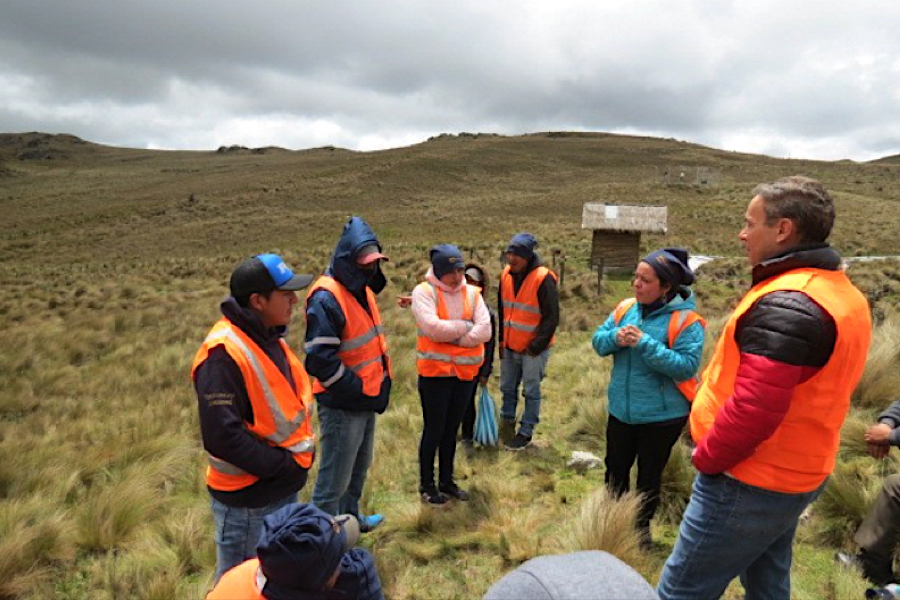De Beers: Diamond sales growth to end this year

The ‘Diamond Insight Report 2015’ released on Monday by De Beers shows growth in each of the top five diamond markets, which account for 75% of global demand, with sales hitting $80 billion worldwide for the first time last year.
Growth would have been almost 5% however had it not been for the strengthening of the US dollar against the currencies of several of the major diamond consumer markets in the latter part of 2014 according to the diamond giant.
Despite the US being the most mature diamond jewellery country, its 7% growth was the strongest of any of the main regions according to the De Beers report.
Growth in local currency was also seen in developing markets, with 6% growth in China and a relatively sedate 3% expansion in India, the world’s number one market for the gems.
Growth will stall in 2015 however says the study. While there may be growth in local currency in some markets, the continued strengthening of the US dollar against all major currencies, coupled with a slowdown in economic growth in China, is likely to lead to global diamond jewellery demand for the full year being relatively flat compared with 2014 levels.
Rough diamond sales grew by a solid 12% last year topping $20 billion in value, despite a fall in output of the stones.
De Beers, with major operations in Botswana, and Russia’s ALROSA remained the largest sellers and producers of rough diamonds in 2014, accounting for 56% of global sales by value between them.
In volume terms, total rough diamond production actually decreased by 3% to an estimated 142 million carats in 2014. The total production value was more than $19 billion, which represented an increase of almost 6% on 2013.
While the development of new greenfield mines has been limited in recent years, three new mines did begin production last year, with a further mine being commissioned earlier this year. In overall terms, these new mines do not contribute significantly to global production.
Also, the project pipeline remains sparse, with only two large-scale projects currently in development – both of which are expected to begin production in 2016.
The result of these new mines coming online will be a moderate increase in diamond supply in the next few years. But, towards the end of the decade, when many existing mines will begin to see declining outputs, overall supply is likely to plateau.
In the short term, given lower polished demand levels in 2015, rough diamond demand has been more constrained as well. This is likely to have an impact on overall rough diamond production this year according to the report.
{{ commodity.name }}
{{ post.title }}
{{ post.date }}

Comments